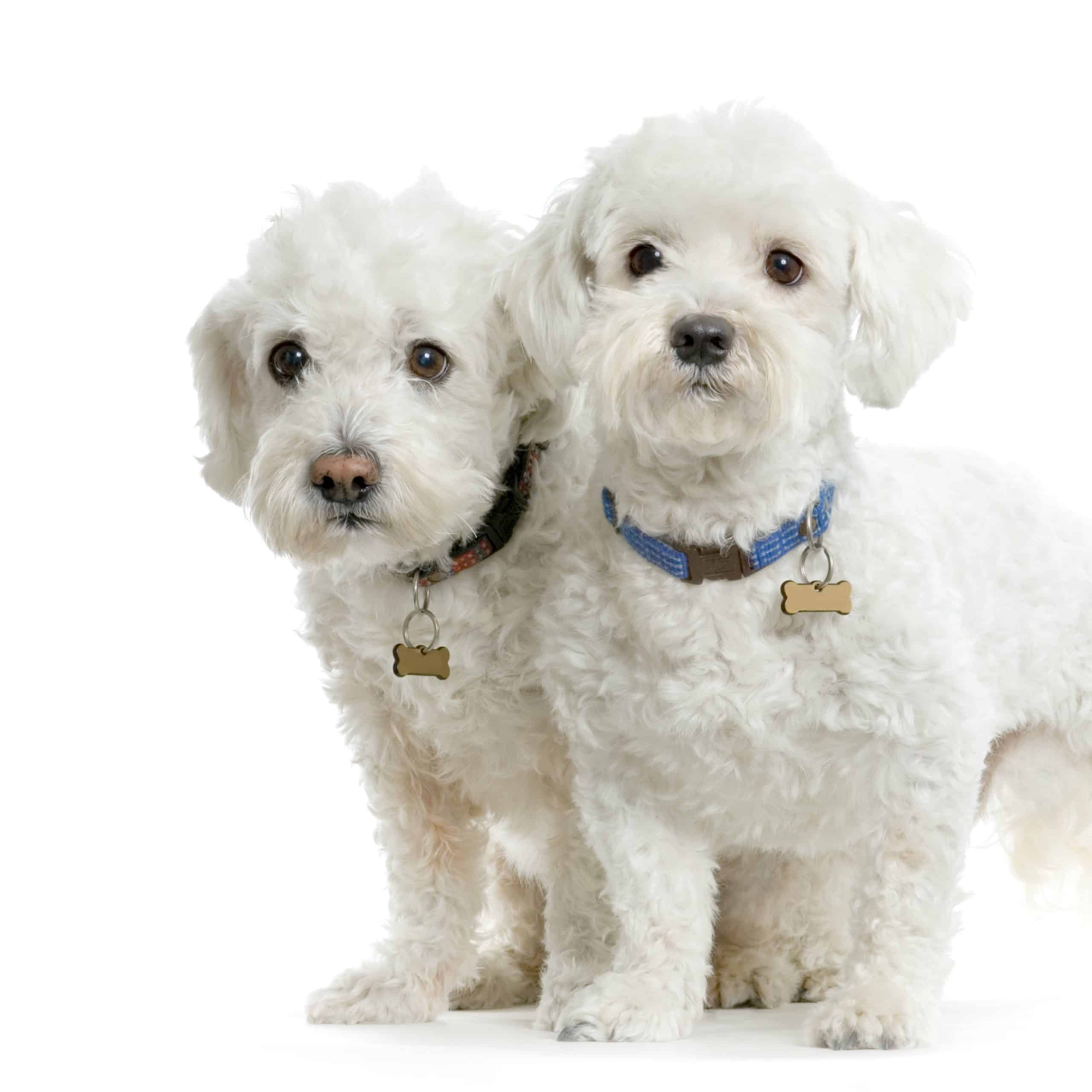How to Design a Pet-Friendly Kitchen That Accommodates Your Pet’s Needs?

Designing a pet-friendly kitchen is not just about making your furry friends comfortable, but also about ensuring their safety and well-being. For all the pet parents out there, here’s a comprehensive guide on how you can design a kitchen that not only suits your style but also caters to your pet’s needs.
Understanding Your Pet’s Needs
To begin with, it’s essential to understand your pet’s needs. Much like humans, pets also have unique personalities and preferences. Before you start remodeling your kitchen, spend some time observing your pet.
A découvrir également : What Are the Best Pet Accessories for Enhancing Your Pet’s Visibility During Night Walks?
What are their favourite spots in the house? Do they prefer lounging by the window, or do they like cuddling up in a cozy corner? This will give you an idea of the kind of spaces you need to create in your kitchen.
Do they have any specific food or water preferences? Some pets prefer eating from elevated bowls, while others are comfortable with floor-level dishes. Understanding these aspects can help you design the perfect feeding station in your kitchen.
A découvrir également : How to Identify and Treat Common Illnesses in Gerbils?
Lastly, take into account the size and breed of your pet. Larger dogs would require more space, while cats and smaller dogs can be accommodated in compact areas.
Safety First: Pet-Proof Your Kitchen
Safety is paramount when designing a pet-friendly kitchen. There are several aspects to consider here, ranging from the appliances you use, the materials for your kitchen elements, and how you store your food and utensils.
Start by ensuring that all your appliances are pet-proof. Make sure that they are sturdy and cannot be easily toppled over by your pet. In addition, appliances should have child-lock features to prevent your pets from accidentally turning them on.
Use durable and easy-to-clean materials for your kitchen counters and flooring. Avoid slippery surfaces that may cause your pet to slip and hurt themselves.
Food and utensils storage is another crucial aspect. Make sure that all your food items, especially those that are harmful to pets, are stored out of their reach. Similarly, sharp utensils and cutlery should be kept in locked drawers or cabinets.
Comfort and Accessibility: Design Elements to Consider
Once you’ve ensured safety, the next step is to focus on comfort and accessibility. Here, the focus should be on creating spaces that your pet can call their own, without disrupting the functionality of your kitchen.
Consider creating a separate feeding station for your pet. This could be a dedicated corner in your kitchen with their food and water bowls. If you have a larger pet, consider using a raised feeding station. This will not only make it easier for them to eat and drink but also help keep the area clean.
Next, think about comfortable sleeping areas. If your pet likes to be around you while you’re cooking, consider incorporating a pet bed in your kitchen design. This can be placed under a kitchen island or in a cozy corner.
Incorporating Storage Solutions for Pet Supplies
As a pet parent, you’re well aware of the multitude of supplies your furry friend requires. From food to toys, leashes, and grooming supplies, you need space for everything.
Consider incorporating pull-out drawers in your kitchen design to store pet food and treats. These can be conveniently located near the pet’s feeding station for easy access.
For toys, leashes, and grooming supplies, you could use baskets or bins that can be tucked away in a cabinet. This not only helps keep your kitchen tidy but also ensures that everything your pet needs is within reach.
Balancing Aesthetics and Functionality
While catering to your pet’s needs is important, you also want your kitchen to reflect your style and aesthetic preferences. Luckily, with a bit of creativity and planning, you can achieve a balance between the two.
Choose materials and finishes that are not just durable and easy to clean, but also match your kitchen’s overall color scheme and style. For instance, a sleek stainless steel feeding station can complement a modern kitchen design, while a wooden one may suit a rustic theme.
In terms of layout and design, try to integrate the pet-friendly elements seamlessly into your kitchen. For instance, a pet bed can be tucked away under a kitchen island, or a feeding station can be incorporated into a pull-out drawer.
Designing a pet-friendly kitchen may seem like a daunting task, but with a bit of planning and creativity, you can create a space that both you and your furry friend will love. Always remember – the key is to balance safety, comfort, and style while keeping your pet’s needs at the forefront.
Smart Use of Space and Furniture
To create a pet-friendly kitchen, you should be able to optimally utilize the available space and furniture. This can be accomplished by being creative and strategic.
Think about how your furniture can double up as a pet-friendly zone. For instance, the space under your kitchen island or table can be converted into a cozy sleeping area for your pet. This can be done by adding a comfortable pet bed or a soft plush mat.
If your pet is small and likes to perch on high places, consider creating a secure spot on your countertop. Make sure this area is far from the stove and other potentially dangerous kitchen appliances. This could be a small corner where your pet can lounge and observe your cooking, without getting in the way.
The kitchen cabinets can be used innovatively for storing pet supplies. The lower cabinets can house pet food, while the higher ones can be utilized for keeping items that your pet should not access, like cleaning supplies or certain food items.
Also, consider adding a built-in pet gate in your kitchen to confine your pet safely when necessary. This could be handy while cooking or when you have guests over. A pet gate ensures your pet can still observe the action without being in the way or getting exposed to potential hazards.
Conclusion
Designing a pet-friendly kitchen is a thoughtful way to show love and consideration for your pet. It requires understanding their needs, ensuring their safety, providing comfort and accessibility, intelligently using space and furniture, and balancing aesthetics with functionality.
Remember to keep the space flexible and adaptable to cater to any changes over time, whether it’s your pet growing older or a new pet joining the family. Also, don’t forget to maintain the kitchen cleanliness to offer a healthy environment for both you and your pet.
While it may seem like a daunting task, the effort put into creating a pet-friendly kitchen will indeed pay off when you see your furry friend enjoying their new space. After all, the ultimate goal is to create a kitchen that serves as a safe, comfortable, and enjoyable space for all members of the family, including your beloved pets.
